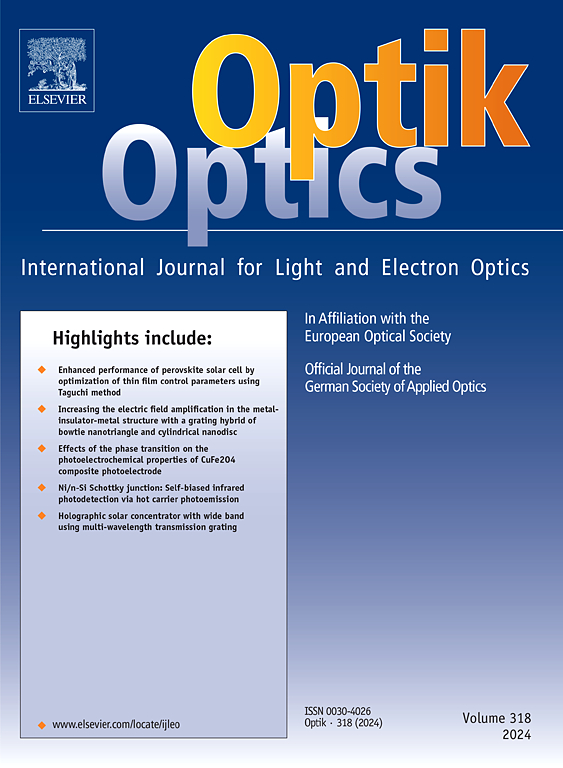High quality remote laser cutting of polymer lithium-ion battery separator using a NIR picosecond-pulsed laser
IF 3.1
3区 物理与天体物理
Q2 Engineering
引用次数: 0
Abstract
Due to the increasing demand for electrification in general and battery manufacturing in particular, there is a need to use digital tools wisely. Laser is a digital tool that could process materials with high precision and quality. The polymer separator is one of the basic components of lithium-ion battery, which has the significant effect on the performance of lithium-ion battery. The remote laser cutting of the 25 µm-thick lithium-ion battery separator was experimentally investigated using nanosecond and picosecond near-infrared laser systems. The ns-pulsed laser was found to be sensitive to the material directionality and it could not achieve melt free cuts at processing conditions suitable for the industrial production. The ps-pulsed laser produced clean cut kerfs at high productivity. In terms of cutting productivity, the cutting speed of the ultrashort pulse laser system is approximately 700 times that of the short pulse laser system. To estimate the change in the material’s optical properties, the fluence efficiency model was employed. It was found that the apparent optical absorptivity of the material changes from 0.4 cm−1 to 1400 cm−1 when the pulse duration is changed from the nanosecond to the picosecond regime for the same wavelength.
近红外皮秒脉冲激光高质量远程切割聚合物锂离子电池隔膜
由于对电气化的需求不断增加,特别是电池制造,需要明智地使用数字工具。激光是一种能够高精度、高质量地加工材料的数字化工具。聚合物隔膜是锂离子电池的基础部件之一,对锂离子电池的性能有着重要的影响。采用纳秒和皮秒近红外激光系统,对25 μ m厚锂离子电池隔膜的远程激光切割进行了实验研究。研究发现,ns脉冲激光对材料的方向性敏感,在适合工业生产的加工条件下无法实现无熔体切割。ps脉冲激光以高生产率生产干净的切口。在切割生产率方面,超短脉冲激光系统的切割速度大约是短脉冲激光系统的700倍。为了估计材料光学性质的变化,采用了影响效率模型。在相同波长下,当脉冲持续时间由纳秒变为皮秒时,材料的视光吸收率从0.4 cm−1变化到1400 cm−1。
本文章由计算机程序翻译,如有差异,请以英文原文为准。
求助全文
约1分钟内获得全文
求助全文
来源期刊

Optik
物理-光学
CiteScore
6.90
自引率
12.90%
发文量
1471
审稿时长
46 days
期刊介绍:
Optik publishes articles on all subjects related to light and electron optics and offers a survey on the state of research and technical development within the following fields:
Optics:
-Optics design, geometrical and beam optics, wave optics-
Optical and micro-optical components, diffractive optics, devices and systems-
Photoelectric and optoelectronic devices-
Optical properties of materials, nonlinear optics, wave propagation and transmission in homogeneous and inhomogeneous materials-
Information optics, image formation and processing, holographic techniques, microscopes and spectrometer techniques, and image analysis-
Optical testing and measuring techniques-
Optical communication and computing-
Physiological optics-
As well as other related topics.
 求助内容:
求助内容: 应助结果提醒方式:
应助结果提醒方式:


